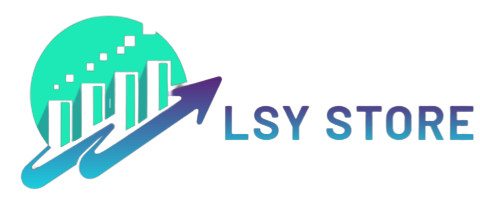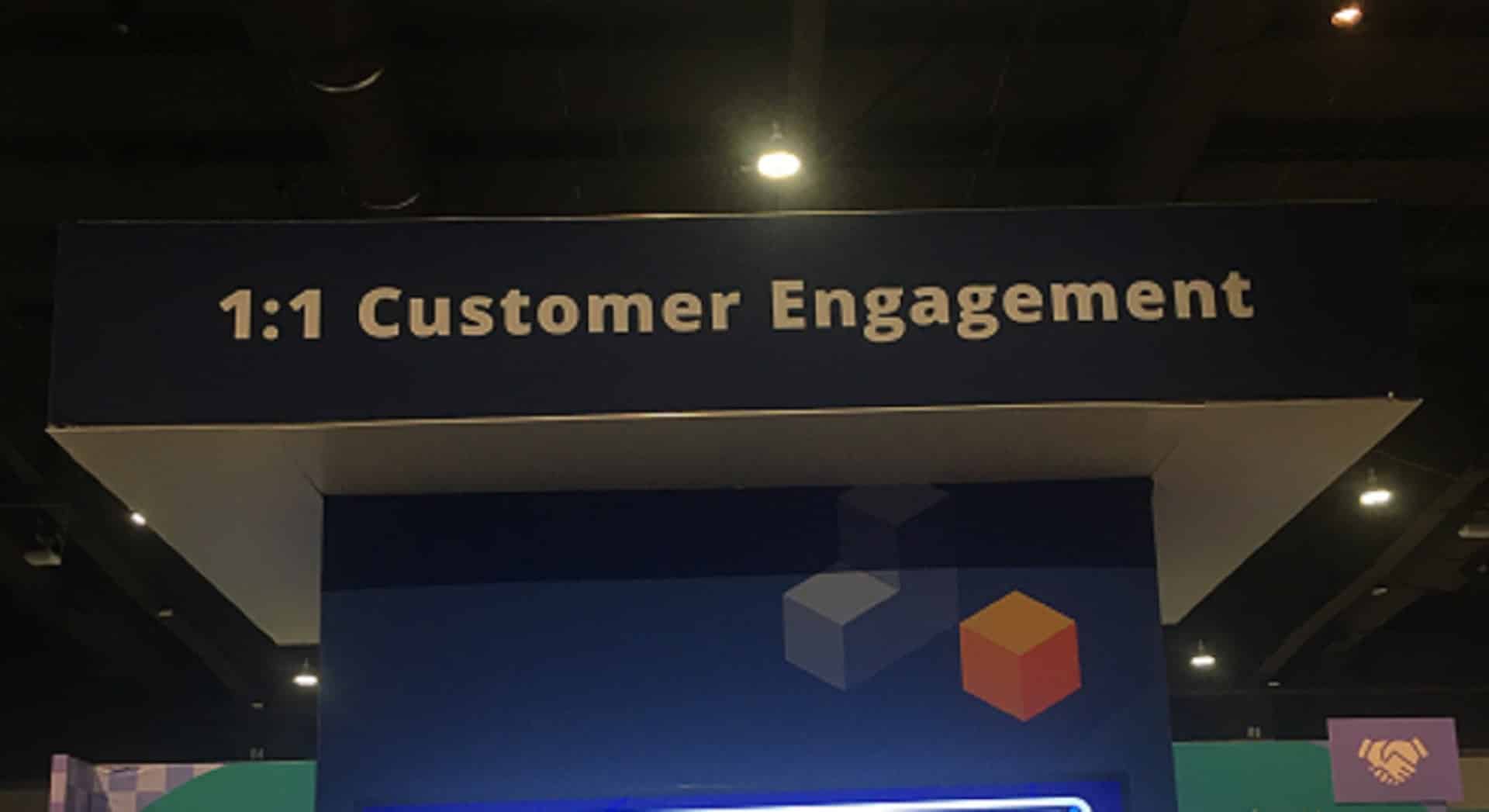As mirrored at this month’s PegaWorld iNspire, Pega’s choices vary from back-office course of automation to customer-facing real-time journey creation — all pushed by AI. We sat down with three main Pega shoppers to grasp their very completely different journeys.
And we began with the enterprise that’s really Pega’s oldest present buyer.
Citi and Pega: A ruby anniversary
“Whereas Pega has been with Citi for forty years, I’ve not,” mentioned Promiti Dutta, head of analytics, expertise and innovation for the U.S. private banking a part of Citi. Her Pega journey began when she joined Citi, 4 years in the past.
“The analytics group I’m a part of oversees how information and analytical capabilities get piped throughout the agency. We knew that our determination engine was end-of-life and we would have liked a brand new one, so the primary interactions I had with Pega was with people making an attempt to promote us the brand new Buyer Choice Hub. Truthfully, we did some analysis as a result of Pega doesn’t have a monopoly on this — Salesforce has the Einstein machine, Adobe has one, there have been some bespoke ones we got here throughout from some smaller names — however the actuality was no determination engine has all of it and a few customization can be wanted.”
The dialog turned to who would make the higher companion and who can be the very best match with Citi’s imaginative and prescient given the capabilities they have been providing. “So which companion did we wish to work with? Which companion match into our imaginative and prescient in the very best approach with the capabilities they have been providing at that time 4 years in the past? Pega was actually the highest runner for that.”
After all, for many years Citi had been operating different Pega options reminiscent of varied workflow instruments and enterprise case administration. Certainly, it wasn’t new to decisioning (at one level it was utilizing Chordiant, the BPM and CRM platform in the end acquired by Pega). “We have been already having buyer conversations,” mentioned Dutta, “simply not with as a lot sophistication because the Pega determination engine gives.”
Pega Buyer Choice Hub makes use of AI to establish and counsel next-best-actions for every particular person buyer in real-time. Citi makes a barely narrower use of the Hub.
“What we provide to the client is definitely not determined by the choice engine,” defined Dutta. “We’ve various superior strategies and capabilities that we now have constructed internally to find out the ‘what.’ It’s the ‘when’ and the ‘the place’ that we use the Choice Hub for. All of the ‘whats’ are loaded in a suggestion palette; utilizing contextual clues and fashions that run within the determination engine, it figures out when the client sees the supply.”
Citi already has predictions about what a buyer wants, whether or not within the type of a product or a suggestion or another type of engagement. “What Pega’s determination engine does is, understanding that you simply’re certified to obtain a suggestion, or one thing else, which one needs to be proven now to be contextually related,” Dutta mentioned, including that the complete vary of channel interactions can be found for Pega to make use of to make that educated determination.
Like several monetary establishment, Citi workouts excessive warning in its interactions with clients, strictly respecting mannequin danger administration, honest lending and privateness protocols. That does imply some constraints on the usage of AI. “Something that feeds into our Pega Choice Hub undergoes the identical scrutiny. We needed to ship the complete determination engine by way of that very same course of to make sure that clients wouldn’t be adversely affected.”
Dig deeper: Pega: AI will energy the autonomous enterprise
Verizon: Hyper-personalization for enterprise and shopper
Verizon’s work trip began earlier than Tommi Marsans joined Verizon Enterprise Group. Michael Cingari, now VP of selling science, CX and CRM, had began utilizing Pega’s next-best-action resolution a number of years in the past on the patron facet of the enterprise within the buyer name middle.
“I got here by way of the XO Communications acquisition by Verizon, ” mentioned advertising tech strategist Marsans. “When Verizon 2.0 re-organized us, Mike Cingari began a advertising sciences follow and pulled a few of us by way of there to do a Pega implementation for enterprise. That was 2019. It took us some time to get began, however as soon as we began and had our enterprise case authorised, it took us lower than 13 months to begin exhibiting a return. We did higher than break even the primary 12 months, then the second 12 months: 20X.”
As with the consumer-side Pega implementation, Marsans and her staff have been working within the reactive decisioning house — figuring out next-best-action in response to buyer conduct (on this case, enterprise clients). “So when someone known as the decision middle and wished to disconnect, there can be a next-best-action for them. We expanded to development alternatives and upgrades; then went into the non-assisted house, digital, and grew from there.”
We requested her to clarify the influence of next-best-action on customer support. “The distinction that we’re making is within the assisted channels, the place the service reps would delight the client in any respect prices — in order that they at all times went to the richest supply as a result of that’s the one that might stick, and so they by no means actually checked out options. Once we gave them options, they used them and it was simply as profitable; fixing an issue for the client, moderately than simply paying them to remain, provides a greater buyer expertise in addition to a consumer expertise.”
Marsans emphasizes that the client decisioning is hyper-personalize. “It’s not what we want to speak to them about; it’s the next-best-offer that we expect they would need. It’s not simply gives; particularly on the enterprise facet, there are totally baked options. We speak to them concerning the subsequent greatest a kind of.”
After all, for the Buyer Choice Hub to make knowledgeable judgements on next-best-actions, it must be skilled on what has labored up to now. “If in case you have transaction historical past,” mentioned Marsans, “you may feed the engine and principally simply jump-start it. We even have conventional regression fashions that we feed into it as effectively. We’re simply now beginning to use the adaptive modeling [AI in the Decision Hub]. The AI a part of the engine required some studying for us, not the machine, to know the best way to current gives and what’s the precise sequence of occasions.”
Marsans informed us she is worked up concerning the generative AI options Pega is launching. “It doesn’t matter what enterprise case you could have, it doesn’t matter what use case you’re constructed out to resolve for, you may re-use that. You should utilize that as the bottom for different issues. I don’t assume that you must have a full implementation that’s reaching to each single channel. I feel you can begin the place you begin.”
Lastly, how troublesome was it to get entrepreneurs to purchase into what’s, in some ways, a counter-intuitive mindset? “The dream of each marketer is to have a transparent buyer journey and be capable to affect them alongside the best way to get them to the place you need them to be,” mentioned Marsans. “It’s onerous for them to assume when it comes to it being an ongoing dialog throughout many alternative channels, versus ‘I must ship you one thing that that you must reply to.’ That’s a little bit of a paradigm shift, however if you happen to can present them with the primary couple of use circumstances that you would be able to get there, then they’re totally on board.”
Dig deeper: Mitigating the dangers of generative AI by placing a human within the loop
Aflac: Shortening the time to worth
Proper now, Aflac has utterly completely different use circumstances for Pega than Citi and Verizon. It’s simply beginning to have a look at the chances for Buyer Choice Hub. Primarily, Pega has been deployed to investigate and automate enterprise processes and workflows. A lot use has been manufactured from Pega’s low-code App Studio to create functions that perceive after which automate enterprise processes.
“It’s one of many initiatives which is aligned with our One Digital Aflac technique,” mentioned U.S. CIO Shelia Anderson. “I feel the journey has been about six or seven years, specializing in alternatives to herald a extra automated method to addressing a few of the technical information and legacy points that we had.”
Anderson is comparatively new to each Aflac and Pega. “I’m nonetheless studying. I’ve been within the group for ten months and, as you may think about, I haven’t been centered on the very detailed degree of the core platforms; I’ve been centered extra on the enterprise technique.” However she has witnessed the problem some teams throughout the group have had in adjusting to Pega’s low-code method.
“For me the most important adjustment that I see is round engineering workers and their expectations, as a result of engineers take pleasure in creating code; there’s a little bit of a pivot to get them to see the worth not doing all of their code from scratch — a whole lot of that foundational work has been finished for you, which supplies you a soar begin.”
Enterprise customers have embraced the alternatives created by low code. Aflac not too long ago ran a “Pegathon” at which enterprise customers had the run of App Studio to create apps to deal with particular use circumstances. Extra are deliberate. “It’s a really immersive technique to begin getting a few of our enterprise customers accustomed to the tooling, to leverage that low-code method to improvement and letting them see a few of the worth they will create on their very own.”
One influence Pega has had has been on claims processing. “We discovered we have been spending a whole lot of time on lower-complexity claims (which can be additionally extra of a lower-dollar payout),” Anderson defined. “After that, we discovered it might be simpler for us to simply auto-pay these claims. We now use automation, AI or machine studying and a workflow course of to auto-pay these. That’s been an enormous simplification for our customer support reps, releasing them as much as give attention to extra complicated and important circumstances.”
Anderson at the moment has a staff centered on generative AI, the place it’s a precedence to watch secure use and the safety of Aflac information. She has additionally established a Pega Middle of Excellence and a Group of Follow: “That’s an enormous piece of the place the educational has occurred. Inside that group we now have individuals who have spent seven years with Pega and newer people coming into that group.”
Maybe probably the most tangible influence Aflac cites, although, sprang from its use of Pega to consolidate a number of buyer care functions on a number of screens right into a single platform and simplify the work of buyer care representatives. Anderson experiences a 33% discount in dealing with time for calls requesting claims kinds; a 65% discount in dealing with time for buyer authentication; and roughly 77% of all chats totally dealt with by Pega digital assistants final 12 months (representing a saving of roughly $4 million).
On the PegaWorld major stage, Anderson talked about “shortening the time to worth for every part we’re doing and holding the client lens and give attention to.”
Get MarTech! Day by day. Free. In your inbox.

